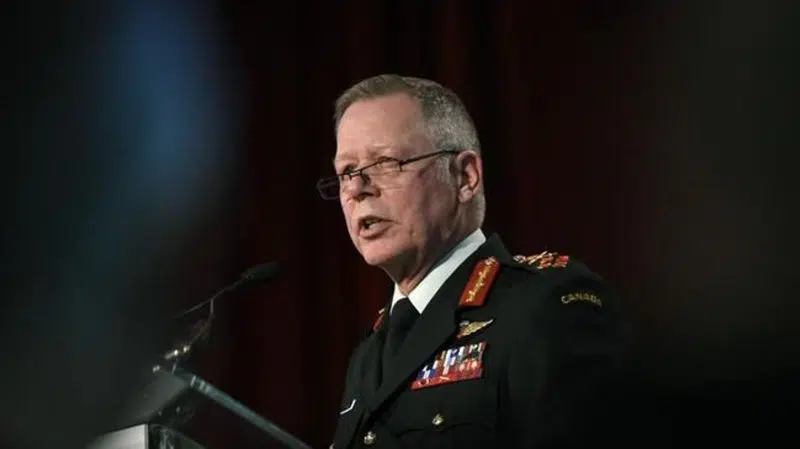
Troops in Ukraine to return next month, will be replaced with smaller force
OTTAWA — The Canadian Armed Forces plans to withdraw the 200 troops it currently has in Ukraine and replace them with a skeleton force next month to hold the fort until the COVID-19 pandemic has passed.
That means the soldiers will be returning to Canada as scheduled, though there was no immediate word on what quarantine restrictions the returning troops will be under, including whether they will be allowed to stay in their homes or barracks.
The soldiers arrived in Ukraine in October and are the latest Canadian contingent to take part in what is now a five-year mission to train Ukrainian soldiers.
The training mission was launched in 2015 after Russia annexed the Crimean peninsula and started to support separatist forces in Ukraine’s eastern Donbass region in a war that has killed more than 10,000 people and left tens of thousands more wounded or homeless.


